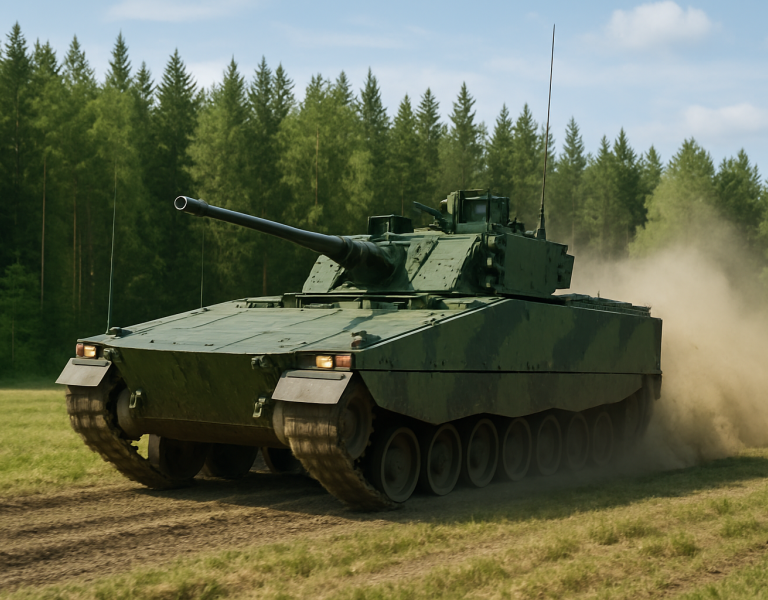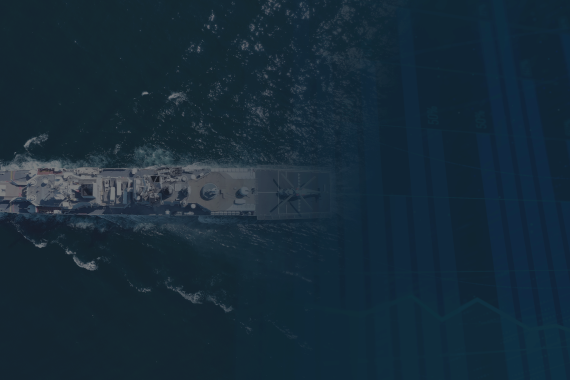
RAM Analysis in Logistics Engineering: A Strategic Edge with Systecon’s Opus Suite
In defense logistics, ensuring mission-critical systems are available when needed is non-negotiable. Here we explore how Systecon’s Opus Suite empowers defense organisations to apply advanced RAM (Reliability, Availability, Maintainability) analysis—enhancing system performance, reducing life-cycle costs, and delivering readiness where it counts.
Why RAM Analysis Matters in Defense Logistics Engineering
Defense logistics engineering involves the design and optimisation of support systems that ensure mission-critical assets remain operational and combat ready. RAM analysis provides the quantitative foundation to ensure those systems are dependable, sustainable, and cost-effective over time.
Failures in equipment—whether on land, sea, or air—can compromise mission success. RAM analysis addresses this by:
- Using predicted failure rates to model support requirements
- Helping balance operational performance against total cost of ownership
- Supporting design and acquisition decisions with evidence-based insights
By focusing on the reliability of components, the availability of systems, and the maintainability of assets, defense logistics engineers can ensure systems deliver high operational readiness throughout their life cycle.
RAM in Action – Foundations and Metrics
Reliability
Reliability measures the likelihood that a system or component will perform its intended function without failure for a defined period under specific conditions. Key defense-relevant metrics include:
- MTBF (Mean Time Between Failures): Critical for forecasting asset performance in theatre
- FMECA (Failure Modes, Effects, and Criticality Analysis): Identifies and prioritises critical failure points in mission systems
- Fault Tree Analysis and Reliability Block Diagrams: Used for modelling failure logic and evaluating mission impact
Availability
Availability defines the proportion of time a system is fully operational and ready for tasking. In defense logistics, it underpins:
- Force readiness and deployment timelines
- Operational planning and sustainment strategies
- Assurance of system uptime during mission-critical windows
Maintainability
Maintainability reflects how quickly and efficiently a system can be returned to service after a fault. This includes:
- MTTR (Mean Time To Repair)
- Accessibility and modularity of components
- Support system design, including diagnostics and tooling
Together, these elements form the basis for designing supportable, mission-ready defense systems.
Applying RAM in Defense Logistics Context
In the defense environment, RAM analysis applies to a wide range of systems:
- Naval platforms: Ensuring readiness of propulsion, combat, and support systems
- Ground vehicles and armoured fleets: Reducing both scheduled and unscheduled downtime during field operations
- Aerospace assets: Optimising availability and supportability for aircraft and UAVs
By embedding RAM principles into design and sustainment planning, defense organisations can achieve higher system effectiveness, reduced logistic footprint, and improved cost predictability across the life cycle.
How Systecon’s Opus Suite Excels at RAM Analysis
Systecon’s Opus Suite provides the analytical foundation for strategic support decisions:
- OPUS10: Optimises logistics support solutions by evaluating cost, availability, and performance trade-offs across spares, maintenance, and support structure
- SIMLOX: Simulates system performance in operational scenarios, accounting for mission profiles, usage rates, maintenance policies, and stocking policies
- CATLOC: Projects and compares life-cycle cost implications of design and support choices
With these tools, defence stakeholders can:
- Identify optimal sparing strategies to support mission availability targets
- Evaluate the cost and performance impact of various maintenance concepts
- Conduct scenario-based analysis for acquisition, mid-life upgrades, reprovisioning or reallocating for new scenarios, and fleet run-down
This system-level approach enables defence organisations to make informed, defensible decisions that align with operational and budgetary objectives.
Book a demo
Related Articles



